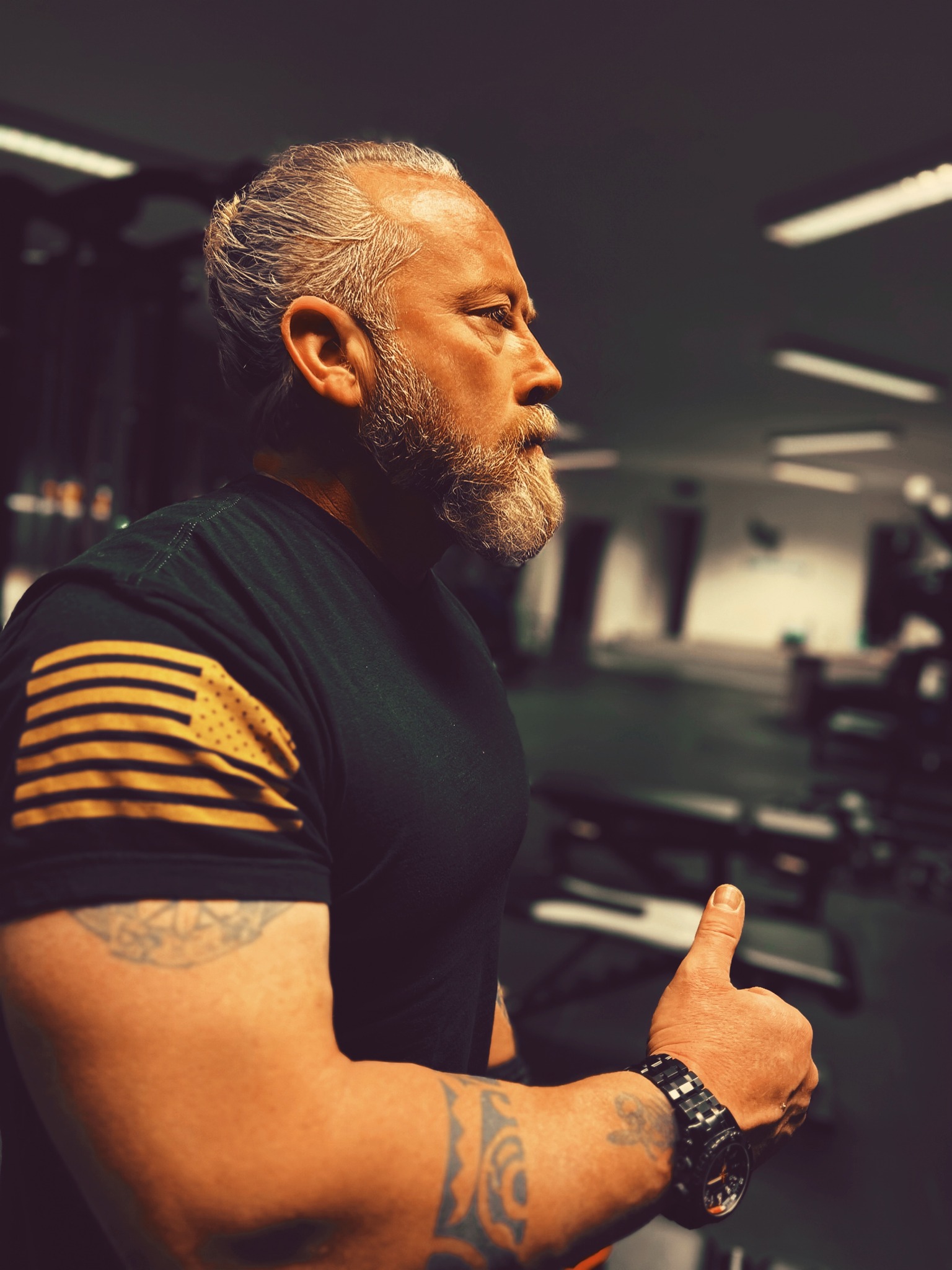Today given the hundreds of comments and the interest in this topic, let’s go back to talking about Dry training.
Before getting to deal with the part of the actual application, however, it is necessary to make some considerations and insights.
As always, it depends on the level of detail you want to address the matter. Those who have followed me for some time know that for me details and technical insights are essential for being able to deal with complex topics such as those relating to training with firearms.
INTRODUCTION TO THE DRY TRAINING BREAKDOWN
One of the most common mistakes when structuring Dry Training or Training in general is not breaking it down into specific training segments, which are complementary but well distinct.
Obviously, if for Dry training we are satisfied with firearm presentation ( draw ) and magazine changes, we must be aware that we are treating the matter in a superficial way, even if, considering the fact that only a few, compared to the vast majority, apply Dry Training, it is still better than nothing.
For those who, on the other hand, are not satisfied with “mediocre training “, but don’t know how to structure their training in a consistent and effective way, let’s try to better understand what the fundamental steps are.
STEP 1 – Decomposition of the Technical Segments
Following a technical and logical profile we will initially breakdown our Dry Training into:
BIOMECHANICS AND CONDITIONAL CAPABILITIES ( B.A.C.C. )
This group of segments is of fundamental importance and constitutes the absolute basis for the development of biomechanics, which I remind you is the unique and essential element of the interaction between our body and the tool (firearm).
If this interaction is not effective, the second fundamental interaction, the one between the binomial (shooter – tool) and the third element i.e. the TARGET , will never be effective.
In this phase we will start working to implement and strengthen the necessary macro and micro muscle groups involved in the movements and motor patterns that we are going to create and define by the Technique.
The second fundamental aspect of this group of segments are the so-called Conditional Abilities, namely: STRENGTH – RESISTANCE – SPEED. In this phase we will build the engine which, combined with the technique, will make up 97% of our Performances.
MECHANICS AND MANIPULATION
In this group of technical segments we find the mechanical basis of the shooting fundamentals
Grip (80% Mechanical Control), Trigger, Focus and Sights Management, Stances, Static Firearm Presentation ( Static Draw )
PROCEDURES AND EMERGENCIES
In this group of segments we find the fundamental sequences or those groups of sequences of actions which are indispensable and which fall within the fundamentals of shooting.
Safety Procedures, Loads, Reloads, Malfunctions ( Emergencies )
TECHNIQUE
In this group of segments we begin to tackle pure technique through the application of exercises that will implement both the cognitive and motor systems.
Lower Body :
Footwork – Stepping – Center of Gravity Control – Pivot and Rotation – Strong Side/Guard Side Transition – Drift control
Upper Body :
Dynamic Control of Manipulation, Rotations, Triangles and Leverages – Strong Side/Support Side transition – Single hand manipulation
APPLICATION
In this group of segments we find the main dynamics relating to the application of shooting.
Front sight management – Target transition – V Engage ( 2 or more targets with open angle ) – Shooting on the move* – Acceleration and Braking – Cadence – Controlled Pair* – Double Tap* – Dynamic Draw
*You can do it only with some Training Devices like SIRT and MANTIS



